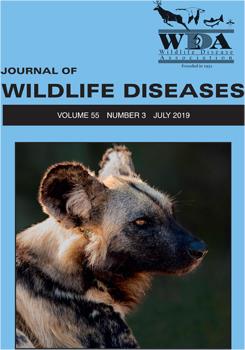Understanding the distribution of pathogens across landscapes and their prevalence within host populations is a common aim of wildlife managers. Despite the need for unbiased estimates of pathogen occurrence and prevalence for planning effective management interventions, many researchers fail to account for imperfect pathogen detection. Instead raw data are often reported, which may lead to ineffective, or even detrimental, management actions. We illustrate the utility of occupancy models for generating unbiased estimates of disease parameters by 1) providing a written tutorial describing how to fit these models in Program PRESENCE and 2) presenting a case study with the pathogen ranavirus. We analyzed ranavirus detection data from a wildlife refuge (Maryland, US) using occupancy modeling, which yields unbiased estimates of pathogen occurrence and prevalence. We found ranavirus prevalence was underestimated by up to 30% if imperfect pathogen detection was ignored. The unbiased estimate of ranavirus prevalence in larval wood frog (Lithobates sylvaticus; 0.73) populations was higher than in larval spotted salamander (Ambystoma maculatum; 0.56) populations. In addition, the odds of detecting ranavirus in tail samples were 6.7 times higher than detecting ranavirus in liver samples. Therefore, tail samples presented a nonlethal sampling method for ranavirus that may be able to detect early (nonsystemic) infections.
How to translate text using browser tools
9 July 2019
ESTIMATING OCCURRENCE, PREVALENCE, AND DETECTION OF AMPHIBIAN PATHOGENS: INSIGHTS FROM OCCUPANCY MODELS
Brittany A. Mosher,
Adrianne B. Brand,
Amber N. M. Wiewel,
David A. W. Miller,
Matthew J. Gray,
Debra L. Miller,
Evan H. Campbell Grant
ACCESS THE FULL ARTICLE

Journal of Wildlife Diseases
Vol. 55 • No. 3
July 2019
Vol. 55 • No. 3
July 2019
amphibian decline
disease dynamics
emerging infectious disease
imperfect detection
multiscale occupancy
pathogen
ranavirus




